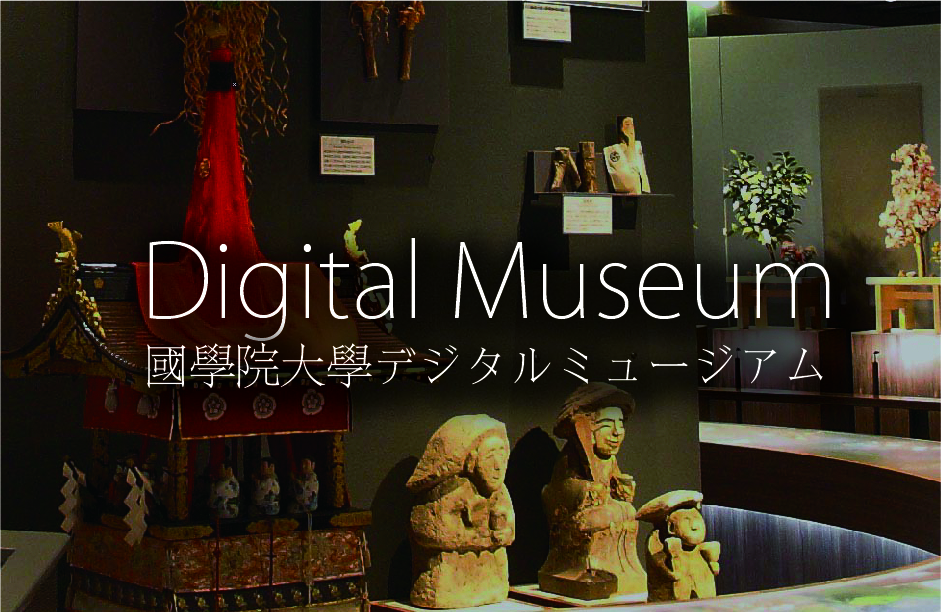- トップ
- Encyclopedia of Shinto
- Akiha Shinkō
Encyclopedia of Shinto
| Main Menu: | |
| Links: |
詳細表示 (Complete Article)
| カテゴリー1: | 6. Belief and Practice |
|---|---|
| カテゴリー2: | Shrines and Cultic Practices |
| Title | Akiha Shinkō |
| Text | Akiha shinkō originated at the shrine Akihasan Hongū Akiha Jinja in Shūchigun, Shizuoka Prefecture and is known as a fire protection cult. It is thought that Shugendō practitioners were already spreading the faith in the medieval period. In 1685 during the Edo Period, the "mikoshi" (portable kami vehicles) of Akiba Sanjakubō, (a "retinue kami" or kenzoku) of the shrine were carried along the Tōkaidō road from Akiha towards Edo and Kyōto. The Bakufu government, out of concern that this would disturb the peace, banned the carrying of the mikoshi on the Tōkaidō. Rumors of the ban helped the Akiha cult to spread and become popular throughout Japan. Starting in Edo and spreading to the other regions, commoner faith in Akiha was cultivated through displaying (ordinarily hidden) statues of the Buddha and the establishment (kanjō) of new bunsha (emanation or branch shrines). Bunsha are distributed all over the county, but are especially numerous in the vicinity of Aichi, Gifu, Nagano, and Niigata prefectures. There is a legend that Sanjakubō was a Shugendō practitioner from Togakushi in Shinshū (present-day Nagano Prefecture) who, after practicing at the Hall of Zaōdō in Nagaoka, Echigo (present-day Niigata Prefecture), rode on a white fox to Akiha Mountain. He is depicted as a standing karasu tengu (a mythical half crow, half human creature) with a flame-like halo, riding on a fox which has snakes wrapped around its four legs, and is thought to resemble the deity Izuna Gongen. In addition to the main Akiha Shrine, such temples as Hamamatsu Nitaibō, Odawara Ryōgakuin, Shimizu Shūyōji, Nagoya Entsūji (Ukyū Akiha), Echigo Tochio Jōanji, Togakushi Kyōshakuin, and Kyōto Tōkeiji became hubs of Akiha belief. In the early modern period Akiha Shrine was under the supervision of Daitōsan Shūyōji, which was a branch temple of the Sōtō Zen temple Kasuisai. Thus there are many examples of Akiha shrines that were established as guardian shrines (chinjusha) within Sōtō temples. During the Edo Period, people traveling on pilgrimages to Ise Shrine, Konpira Shrine, or on their way to Edo often stopped to worship at Akiha Shrine. Pilgrims from such places as Kakegawa, Fukuroi, or Hamamatsu on the Tōkaidō, or from the direction of Shinshū or Hōrai Temple. These routes radiating out from Akiha Shrine were called "Akiha-kaidō", and the shrine bustled with pilgrims. It is recorded that as many as 25,000 pilgrims came to the foothills of Akiha mountain by boat in 1772. From the late eighteenth century, certain structures called ryūtō (dragon heads), a combination of lanterns and small shrines (hokora), were constructed along the kaidō. Even today there are many Akiha-kō associations, and the kami of Akiha Shrine is as popular as Atago Shrine as a kami for warding off fire. — Satō Masato |





